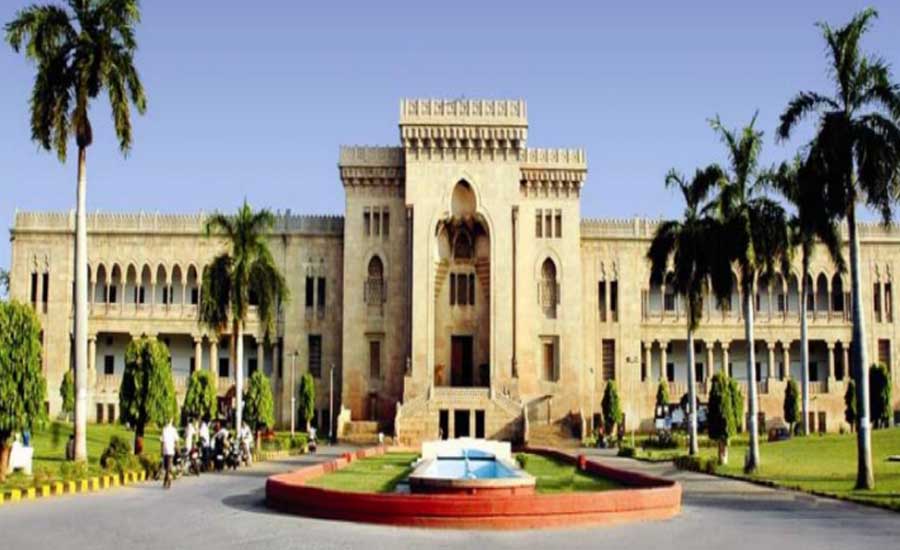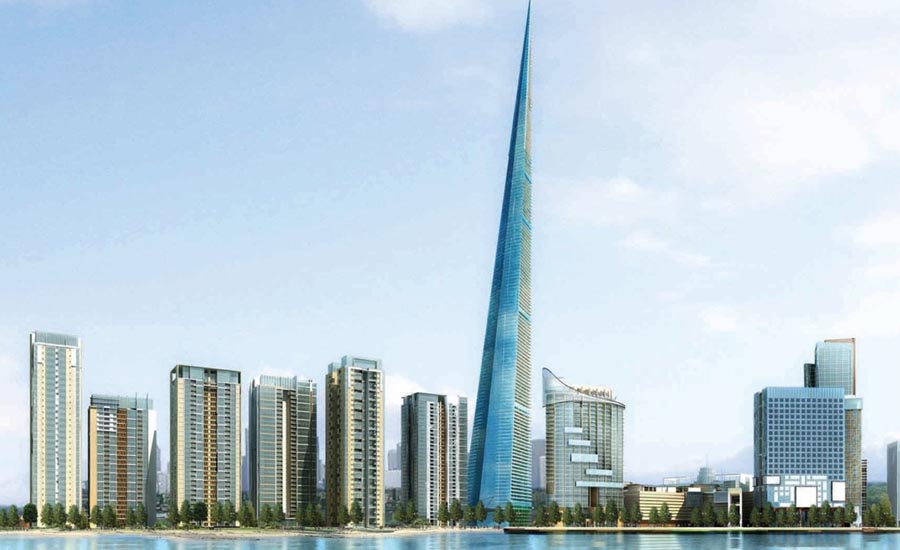Hyderabad is a city with a glorious past, a dynamic present and a most promising future. The city is a storyteller’s delight, with its many layers of culture, history, people and tradition. One such aspect of this timeless city is its architecture. From the Golkonda Fort to the iconic Charminar, from the colonial corridors that housed governments to the steel and glass skyscrapers that adorn the prolific metro, Hyderabad architecture has evolved in myriad and stunning ways.
The Distant Past and Minimum Ruins
Hyderabad’s ancient and modern rulers were a succession of Hindu and Buddhist dynasties. From this era, spanning from the third century BCE to 325 AD, precious few architectural pieces of evidence remain. Scattered Iron Age sites and rock formations bear silent witness to the era. An important and probably the first milestone in the architectural evolution of Hyderabad starts with the Kakatiya dynasty building the Mankal (later renowned as Golconda) mud fort on a granite hill at the height of 120 meters in 1143.
The Qutb Shahi Period
The Bahmani Sultans and the Qutb Shahi dynasty spanning 14th to 17th century ushered in a glorious period of architecture. The fortifications to the Golconda Fort bring in the Indo-Islamic architectural styles with distinct influences of the Persian and other western styles. Thus, Golconda and other iconic architectural innovations of those times saw colossal arches, domes, fountains, Persian calligraphy, and curved stucco work. Notable examples are the Charminar and Char Kaman, Mecca Masjid, Gulzar Houz and the mosques of Khairtabad, Musheerabad, and Toli.
Fleeting Mughal Influence
Most of the iconic heritage sites in Hyderabad and their architecture follow the Islamic styles of circular domes and minars. However, the distinct Persian and Turkish influence as evident in the Qutb Shahi Tombs complex sets Hyderabad’s architectural evolution design from most of the Mughal north India scenes. Four decades of Mughal rule destroyed the diamond trade and added few buildings to the landscape. The only typical Mughal input can be seen in the granite city wall with twelve doorways. Hyderabad architecture has always been distinct from the crowd.
The Nizams and their European Taste
The advent of the Nizams during the 18th century saw a blend of influences on the architectural evolution of the city. The economic downturn was thwarted, the princely-state of Hyderabad rose in prominence over periodical alliance with Mughals, British and the French. The European influence became stronger and the Indo-European architectural style became prevalent. Palaces and mansions like Asman Garh Palace, Bashir Bagh Palace, Bella Vista, Diwan Devdi, Errum Manzil, Khursheed Jah Devdi, and Paigah Palace show this innovation.
Statement European architectural styles like:
Neoclassical: Churches like St Joseph’s Cathedral and the Holy Trinity Church began coming up with this distinct western style. Also, in the British Residency and Falaknuma Palace.
Indo-Saracenic: Chowmohalla Palace has a combination of Baroque and many Indian styles along with this European style. A rich style of Indo-Saracenic architecture is evident in the Osmania University and Moazzam Jahi Market. Public buildings like Hyderabad High Court, Osmania General Hospital, City College, and Kachiguda Railway Station are other prominent examples.

Architecture from Foreign Shores
Since the old days, Hyderabad’s architectural evolution has counted on the influence of the west. Sometimes, this has been blended seamlessly with the local styles and craftsmanship, local raw materials but the result has always been unique. The Spanish Mosque also known as Masjid Iqbal Ud Daula or Jam-e-Masjid Aiwan-E-Begumpet has a Moorish style of architecture influenced by a Spanish sojourn.
Similarly, traders and merchants of yore brought in architectural styles inspired by the Art Deco movement into their residences as evident from the neighbourhoods of Marredpally, Chikkadpally and Rashtrapathi Road.
The Posh Plots
Post-independence and near modern times, the influence of the west is hardly over. The swanky neighbourhoods of Banjara Hills and Jubilee Hills are awash with contemporary modern architecture replete with pools, gardens and landscapes that are no different from other global cities. Cue the dot com boom and a slew of big corporate houses and the state government have polished the city with skyscrapers of glass and steel and all that is sleek.

Huge multinational offices, estates, and technology parks are glinting under the night sky as the modern city horizon again shows western influence like the past. The Shamsabad Airport, Cyber Towers in Hi-Tec City, the Fish Building, Infosys, TCS and Microsoft offices are the modern innovations in the architectural evolution of Hyderabad. With the majestic skyscraper, Lanco Hills Signature Tower, the city has added another step in this evolution.
The architecture mirrors any period’s culture and aesthetics, technological and economic capability, and the richness of craftsmanship and resources. Similarly, the evolution of Hyderabad architecture has imprinted the influences and styles of its various rulers up until the modern period where utility and industry preferences have held sway. As the hub of the IT industry, yesteryear’s rocky city has transformed into a global and world-class skyline.






